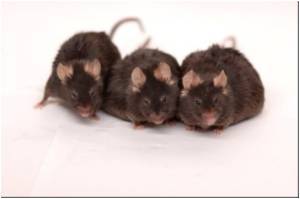
"We were surprised how many odors had genes associated with them. If this extends to other odors, then we might expect everyone to have their own unique set of smells that they are sensitive to. These smells are found in foods and drinks that people encounter every day, such as tomatoes and apples. This might mean that when people sit down to eat a meal, they each experience it in their own personalized way," says Jeremy McRae.
When McRae and colleagues compared the differences in sensitivities between human populations in different parts of the world, they found no sign of regional differentiation. This means that, for instance, a person in Asia is just as likely to be able to smell one of these compounds as someone in Europe or Africa. What's more, the ability to smell one of the compounds doesn't predict the ability to smell the other. So, if you are good at smelling blue cheese, it doesn't mean you're necessarily good at smelling the apple next to it.
So, which are the genes that determine our ability to perceive certain odors? McRae and colleagues found that the genetic variants associated all lie in or near genes that encode so-called odorant or olfactory receptors. The odorant receptor molecules sit on the surface of sensory nerve cells in our nose. When they bind a chemical compound drifting through the air, the nerve cell sends an impulse to the brain, leading ultimately to the perception of a smell.
In the case of β-ionone, the smell associated with violets, McRae and colleagues managed to pinpoint the exact mutation (a change in the DNA sequence) in the odorant receptor gene OR5A1 that underlies the sensitivity to smell the compound and to perceive it as a floral note—people who are less good at smelling β-ionone also describe the smell differently, as sour or pungent, and are less likely to find it pleasant.
"Knowing the compounds that people can sense in foods, as well as other products, will have an influence on the development of future products. Companies may wish to design foods that better target people based on their sensitivity, essentially developing foods and other products personalized for their taste and smell," says Richard Newcomb.
Advertisement
Advertisement









